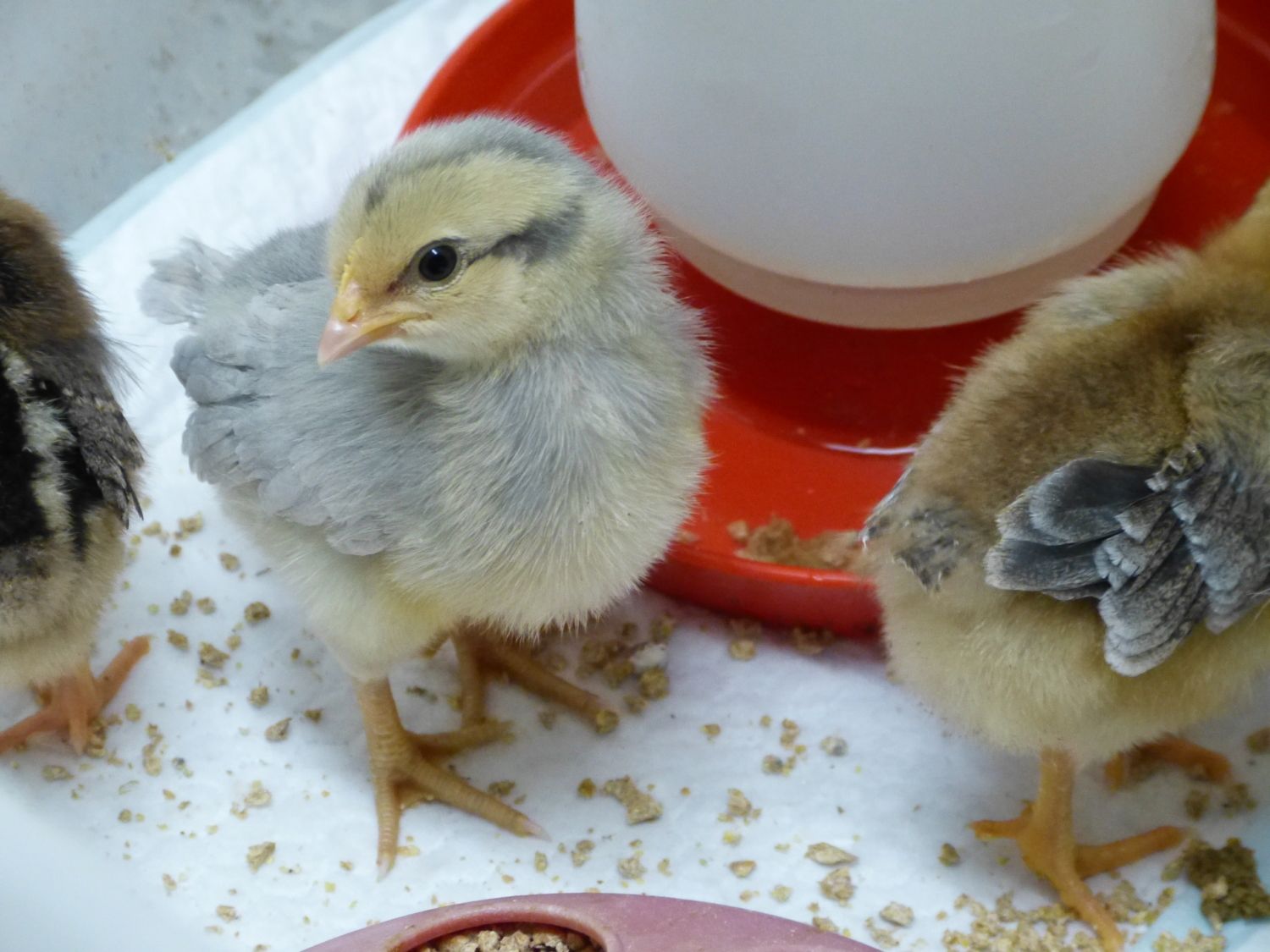Phaedra Winters
Songster
- Aug 27, 2017
- 72
- 198
- 127
Banty chooks said:
"Your best indicator is personality combined with physical signs."
(for some reason, my quote function isn't working at the moment) Very good information in that post from Banty chooks IMO.
I agree - with everything Banty chooks said, you will get to know your breed and your flock and be able to tell better and better with time.
That said... I'm completely spoiled and have autosexing breeds for the most part and will going forward. Here are some photos that show a bit of the 'attitude' in chicks that are just a day or two old:

Looks a little more shy/coy -- if she had eyelashes she would bat them = girl. She's saying "Am I cute or what?"*

Looks a little more 'in your face' -- and proud....more noticable comb even at this baby age...= boy. This chick grew up to be a rooster. He's saying "Are you looking at me?"
Of course hindsight is always 20/20. The "tell" on these is that she has crisp separation in her chick-down stripes -- notice above her eyes the color demarkation, his are more blended and diffuse -- notice less clear, crisp stripe.
Question regarding Dominique and BPR - I think the poster was referring to the sexable headspots that some of the lines have and not the fast or slow feathering..... Only certain breeds can be feather-sexed from what I understand...not just all chickens generally.
My variety gets a headspot for males at hatch time -- and that comes from the barring in their genetic background.
ETA - *Sometimes the little boy chicks are also awfully cute/sweet.
Good topic Suni! Thanks.
What breed is that? I for the main part have experience in sexing Rhode Island Reds.








